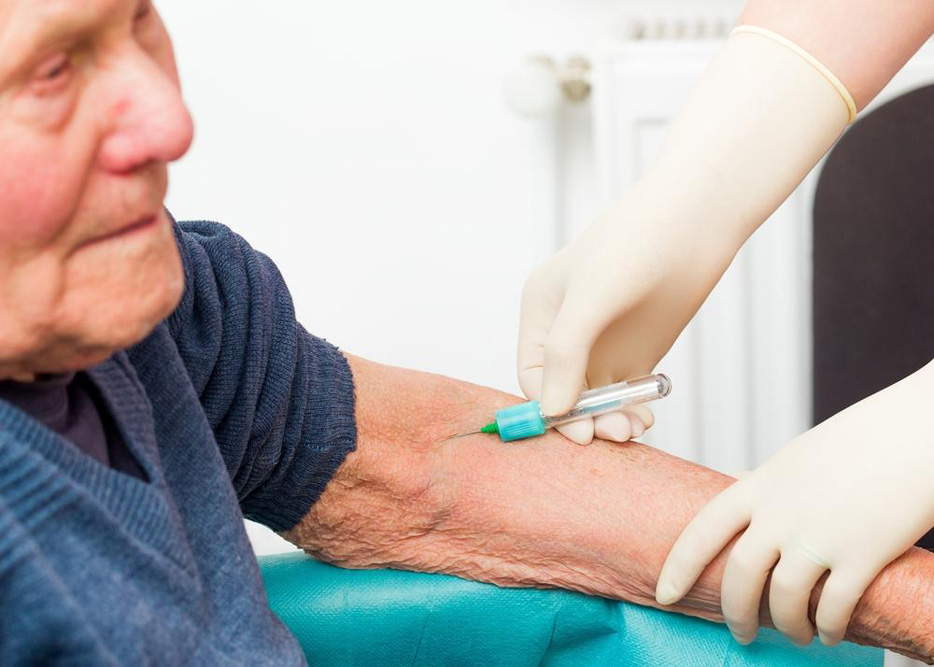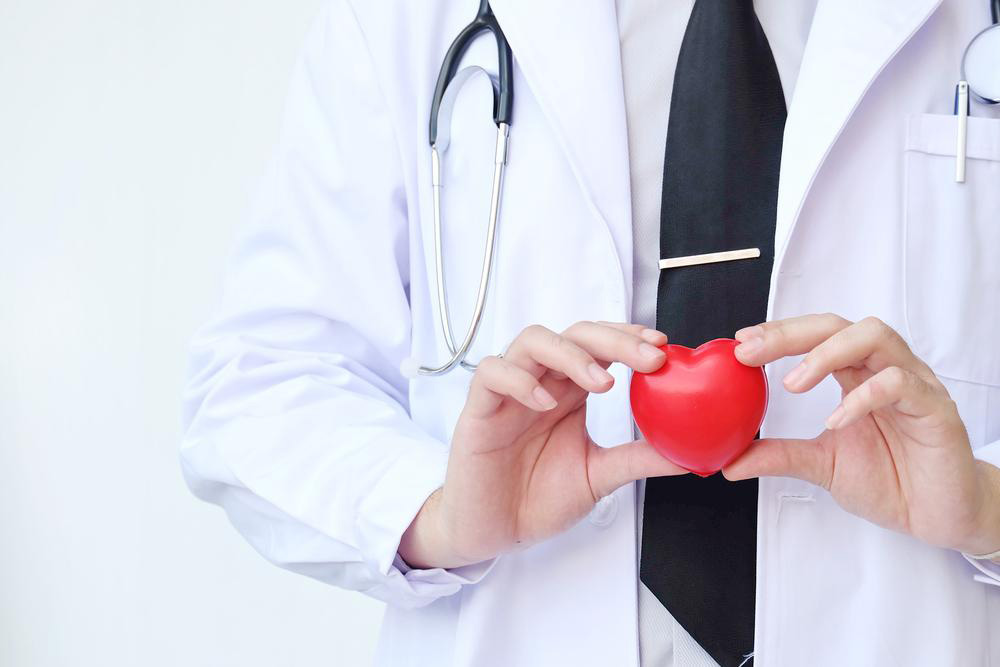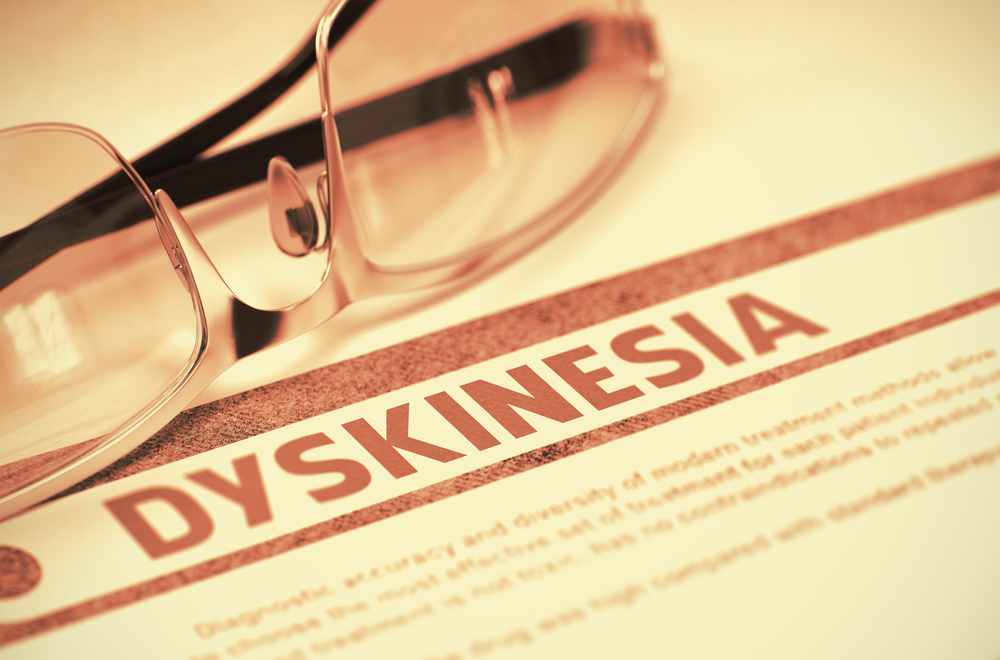Important Safety Tips for Managing Anticoagulant Therapy
This article provides crucial safety advice for individuals on anticoagulant medications. It covers medication adherence, activity precautions, dietary considerations, and emergency preparedness to ensure safe and effective treatment. Following these guidelines helps minimize risks such as bleeding complications and internal injuries, promoting better health outcomes for blood thinner users.

Essential Safety Tips for Patients on Blood Thinning Medications
Anticoagulants, often called blood thinners, are vital in preventing blood clot formation in arteries and veins, reducing stroke and heart attack risks. However, they also slow healing after injuries. Patients on these medications should be cautious during activities like swimming, running, or sports, avoiding risky adventures. Wearing protective gear such as helmets is recommended. Any fall or injury, even minor, warrants immediate medical attention to check for internal bleeding. Strict adherence to medical advice ensures safety and effective treatment.
Key safety measures include:
Consistent medication schedule: Take your anticoagulant at the same time daily, using alarms or reminders. If you miss a dose, consult your healthcare provider.
Check with your doctor before new medications: Before using OTC drugs, vitamins, or supplements, seek advice, as some can increase bleeding risk or interfere with your medication.
Handle sharp objects carefully: Use caution with knives, razors, or scissors to prevent cuts. If bleeding occurs, apply pressure and seek medical help if needed.
Watch your Vitamin K intake: Consult your doctor about foods high in Vitamin K, such as leafy greens, which can influence medication effectiveness.
Maintain oral health: Use a soft toothbrush and gentle flossing techniques. Inform your dentist about your medication prior to dental procedures.
Monitor for side effects: Seek immediate medical attention if you notice unexplained bruising, bleeding gums, dizziness, vomiting, heavy periods, blood in urine or stool, or severe headaches.
Be ready for emergencies: Carry a first aid kit, wear a medical alert bracelet indicating anticoagulant use, and keep emergency contact details accessible.


